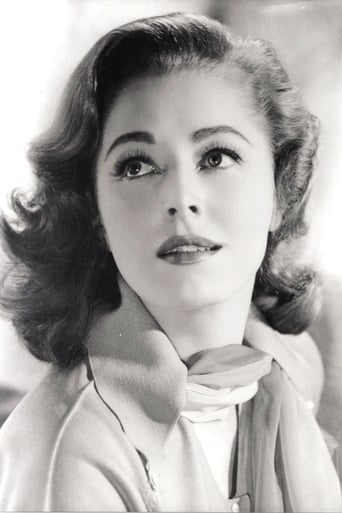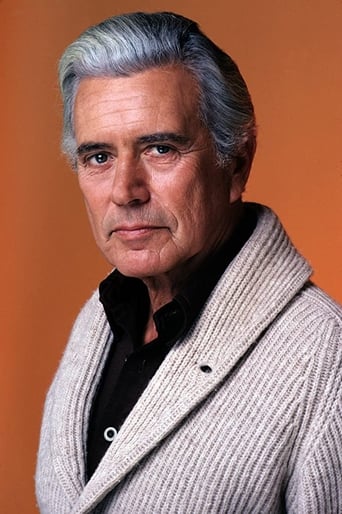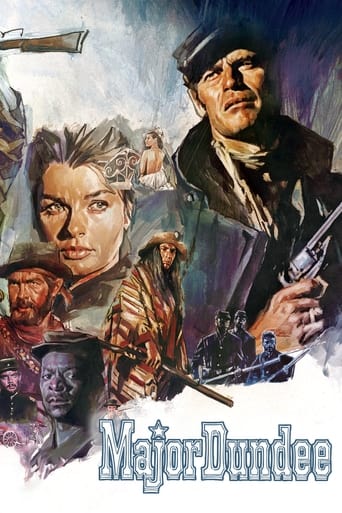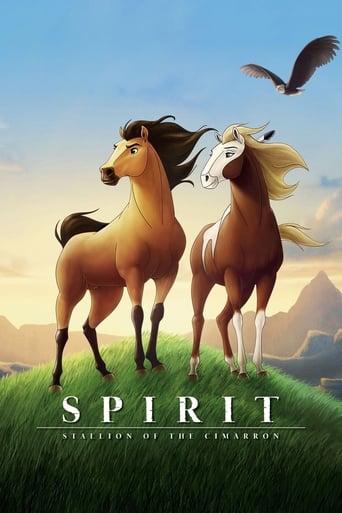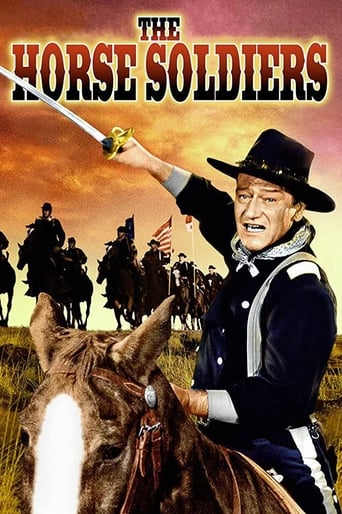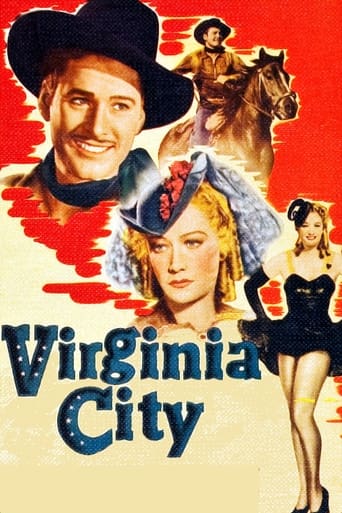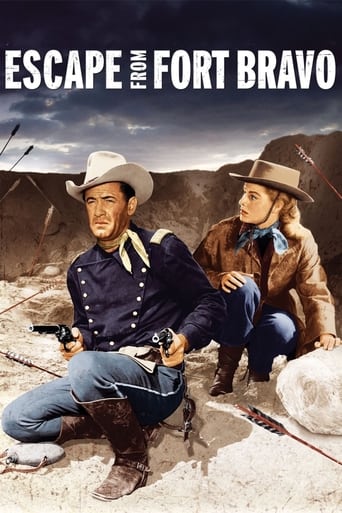
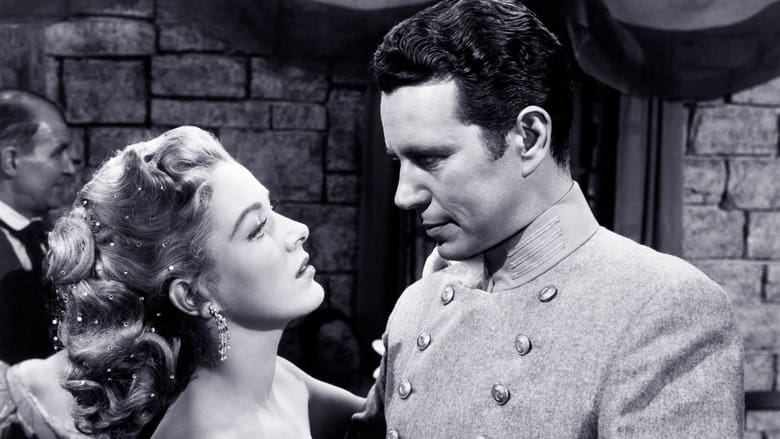
Escape from Fort Bravo (1953)
A Southern belle frees a Rebel officer and his men from a Union captain's Arizona fort.
Watch Trailer
Cast
Similar titles
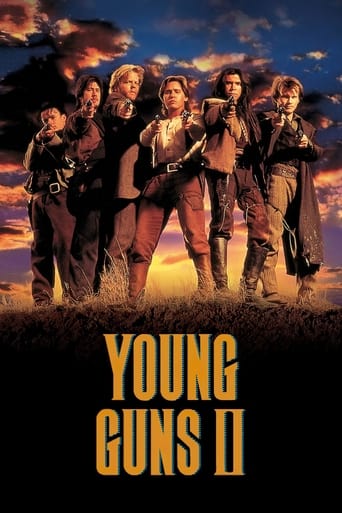
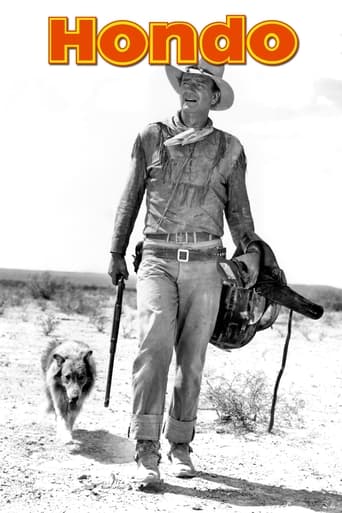
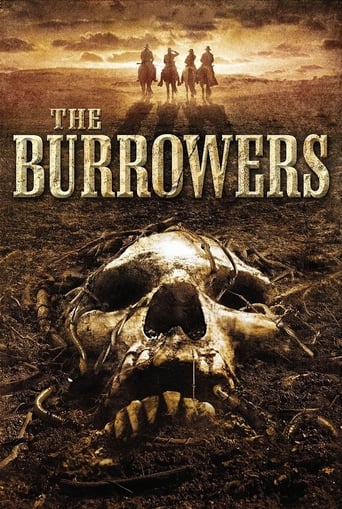
Reviews
Memorable, crazy movie
It's the kind of movie you'll want to see a second time with someone who hasn't seen it yet, to remember what it was like to watch it for the first time.
It really made me laugh, but for some moments I was tearing up because I could relate so much.
The movie's not perfect, but it sticks the landing of its message. It was engaging - thrilling at times - and I personally thought it was a great time.
I watched ESCAPE FROM FORT BRAVO with an open mind even though I'm no fan of Westerns . On paper it has a lot going for it starring William Holden , directed by John Sturges and cinematography by Robert Surtees all of whom rose to much greater prominence a few years later . The reality is however that even if the film does contain a lot of talent in front of and behind the camera if you don't like Westerns you won't be mad keen on this movie Set during the American Civil War the premise involves a Union officer played by Holden who has to escort a group of Confederate prisoners across hostile Indian territory where they have to team up to defend themselves against the Indian war party . This leads to a somewhat tricky moral point and one wonders what the point the film is making . Is it saying that the American Civil War was a mistake and North and South should have concentrated on taking the land of the Native Americans ? Of course cinematic convention dictates that the genre of the Western means we should always be cheering for the white man over the Indians but in that case it's difficult to argue against the point made in BLAZING SADDLES that the Western is an inherently and fundamentally racist genre That said from a technical viewpoint ESCAPE FROM FORT BRAVO is an impressive film and why it has a relatively high average vote on this website . The entire look of the film has a very rich and deep texture thanks to Surtees photography . Certainly if you watched this on its initial release in the 1950s you'd probably be used to constant film releases shot in black and white and then seeing this you'd be amazed by the possibilities of colour cinema . By a bitter irony though the good guys and the bad guys are painted in black and white with a very heavy and thick brush
William Holden excelled at Westerns ("The Wild Bunch", "Alvarez Kelly", "Streets of Laredo", "The Horse Soldiers" & "The Man From Colorado" to name a few), as he did in almost every film he was in. This film is no different. What makes it work is the complexity of the character Capt. Roper. This is a man who is as tough as nails, and makes Javert (From Les Miserables) seem like a normal person, the way he hunts down Confederate Prisoners like animals (Like he did with Bailey (John Lupton)). Yet, he does stuff like grow roses "Roper's Roses", and really hates his job. I love the relationship between him and Carla Forester (Eleanor Parker), who is very much his opposite. A Confederate Spy who is engaged to Capt. Marsh (John Forsythe), and breaks him out of the stockade, and goes with him, not because she wants to, but because of duty and obligation. Marsh, who is the other major character in the film, is a very interesting character, he seems to know that things will not work out the way he planned. Spoilers ahead. He knows that Carla really belongs to Roper, like when he had to snap at her to go with him when he and the other Confederate Soldiers escaped, and when after a fight, he told Roper that Carla fell in love with him, and she only did her duty (Helping them escape). Finally he died with a smile on his face when Bailey (The only Confederate soldier to survive),learned from Roper & Marsh how to be a hero, by escaping the Indians, and instead of running away, like he did earlier, he went back to the fort, and brought back the soldiers to save Roper, Carla, and Lt. Beecher (Richard Anderson). He also knew that Roper was the right person for Carla, because of his willingness to sacrifice himself for her and Beecher (When he went out to face the Indians alone, just before the Calvary showed up). This film deserves my highest praise 10/10
Released in 1953 and directed by John Sturges, "Escape from Fort Bravo" was always one of my top Westerns of the 1950s. It stars William Holden as Capt. Roper, who ruthlessly oversees a group of Confederate prisoners at a fort in the SW wilderness. John Forsythe plays Confederate prisoner Capt. Marsh and Eleanor Parker stars as Carla, a woman who visits the fort under the pretense of attending a wedding. As Roper falls for Carla, the Confederates take advantage of his love blinded-ness. When Roper goes after a group of escapees the soldiers have no recourse but to team up against a band of marauding Mescalero Indians.William Holden was in his prime here, as was the breathtaking Eleanor Parker, both stunning examples of masculine strength and feminine charm respectively.Although the soldiers rarely miss and the Natives rarely hit, the Indians are depicted in a realistic, respectable manner, showing ingenuity in their resolve to wipe out the pinned-down group of whites.William Campbell, well-known for the lead Klingon in the original Star Trek episode "The Trouble with Tribbles" and less-so as the alien Trelane in "The Squire of Gothos," has a formidable supporting role as one of the escaping Confederates. He was almost fifteen years younger and barely recognizable.While the events take place in 1865 the song played at the fort dance, "Mountains of Mourne," was written by Percy French 31 years later. Someone must've come back from the future. FINAL WORD: I realize a lot of pre-60's Westerns come off eye-rolling or artificial, but "Escape from Fort Bravo," doesn't fall into that category; that is, aside from the dated opening tune and the aforementioned song at the dance, as well as the parts that were obviously shot in the studio, which was typical in that era.The film runs 99 minutes and was shot in desolate regions of California (Semi Valley) and New Mexico (Gallup), including Death Valley National Park.GRADE: B+
William Holden is as tough as nails, a captain at isolated Fort Bravo, which houses a horde of Confederate prisoners and is surrounded by hostile Mescalero Apaches. Eleanor Parker, as a visitor from Texas, insinuates her way into the fort. Her mission: to arrange for the escape of her lover, John Forsythe, and a handful of other rebels. Alas, during her time at the settlement, she falls for Holden and he for her. This doesn't deter her from her duty.Holden and another officer ride after the escapees and capture them but before they are able to return to Fort Bravo they are surrounded and pinned down by Apaches. Only a few escape the trap alive.The cinematography is by Robert Surtees and it's magnificent. The film was shot on location in Death Valley and the red rock country near Gallup, New Mexico. The images -- those that were not obviously shot on a sound stage -- are some of the best things about the movie.The performances, too, are adequate if not outstanding in any way. How can you be outstanding when you're playing a cardboard character? This was directed by John Sturges who, as usual, does a journeyman job. Okay, so everyone's wardrobe is neat, not only clean but looking brand new, but Sturges ordinarily has his characters neater than those of other directors.The chief problem is with the script. It's full of stereotypes and cinematic clichés. For instance, it's not merely than the Indians are thoroughly bad. (They tie down prisoners over ant hills and allow them to be stung to death.) The Indians could be pretty rough while waging war, especially Apaches. But do they have to be STUPID too? When they pin down some union soldiers, they ride in circles around them, waiting to be picked off one by one, like ducks in a shooting gallery.The costumier, Helen Rose, and the director have muffled their skills. The ladies wear bright new dresses unlike anything seen in period photographs. At one point, Eleanor Parker wears a striped see-through dress, like a modern, fluffy silk blouse. No kidding. The hair styles likewise merely nod in the general direction of the early 1860s. Polly Bergen sports what (I think) used to be called an Italian haircut in the 1950s. Didn't Rose and Sturges ever take a look at portraits? Man, the women's hair styles and clothes were UGLY. Their hair tended to be severely parted in the middle and hung in unsightly loaves down their cheeks. The bodices were tight and the skirts looked like they were held outward by unfolded umbrella spokes. Well, I'm no expert on the subject. I was just a child at the time. Holden wears a tailored uniform with brass buttons that is so tight that it seems made of spandex. He wears no undershirt beneath that spotless blue blouse, so when he peels it off we get to see his muscles and hairy chest. One winces at the historical sloppiness, although it's nice to be spared some of that ugliness. Well, let me put it this way, without going on about it any longer. It's nothing like the clothing or sets of a John Ford cavalry movie. There, the clothing and sets weren't glamorized. They looked lived in, while these don't.The love story is improbable. Holden dances once with Parker, takes her for a ride through the countryside, puts his arms around her waist from behind. "What makes you so sure of yourself?", she asks. "You do?" "Oh? And why?" Holden murmurs, "The way you light a man's cigar." I'm not sure the writer meant that to be clever because he shows no such wit elsewhere in the script. The next day, Holden, the man of titanium, proposes to her.But there's no doubt about the tension and sense of place in the final scene. Half a dozen people from the fort are trapped behind a low barrier of sand or silt. When I first saw this, something about the special effects impressed me. That was Warren Newcombe's job. Usually, in earlier films, a man shoots at another, and the sound of the shot and the bullet arrive simultaneously. It doesn't matter how far the shooter is from his target. POW, PINGGG. And the sound of the ricochet carries the bullet off into the distance with a shivering, whirry sound, even if the round has bounced off wood or soil. Not here. The sound of the shots and the spurts of sand occur in irregular intervals, and there is no sound of a ricochet. As in real life, there is a harsh ZIPP and the bullet buries itself in the soil. It's a small thing, but it hadn't been done before. It may be that my description is clumsy and you need to watch the scene to understand what I'm getting at.Adding to this little touch of realism is the fact that this Civil War era cavalry unit is armed with single-shot breech-loading carbines. I'm not a gun freak but I know something about the Civil War. And nobody in the Civil War used lever-action Winchesters, the most commonly seen rifle in Western movies, including many about the Civil War. So Sturges got the rifles right. He didn't get the pistols right though. The Colt Peacemaker wasn't introduced until years later, 1873, I think.I hope I haven't overly emphasized details like the scenery, the sound of gun shots, or the weapons we see, but there isn't much to be said about the plot itself. It's strictly routine, including the theme song, the score, the sappy love song, and the cavalry coming to the rescue.

